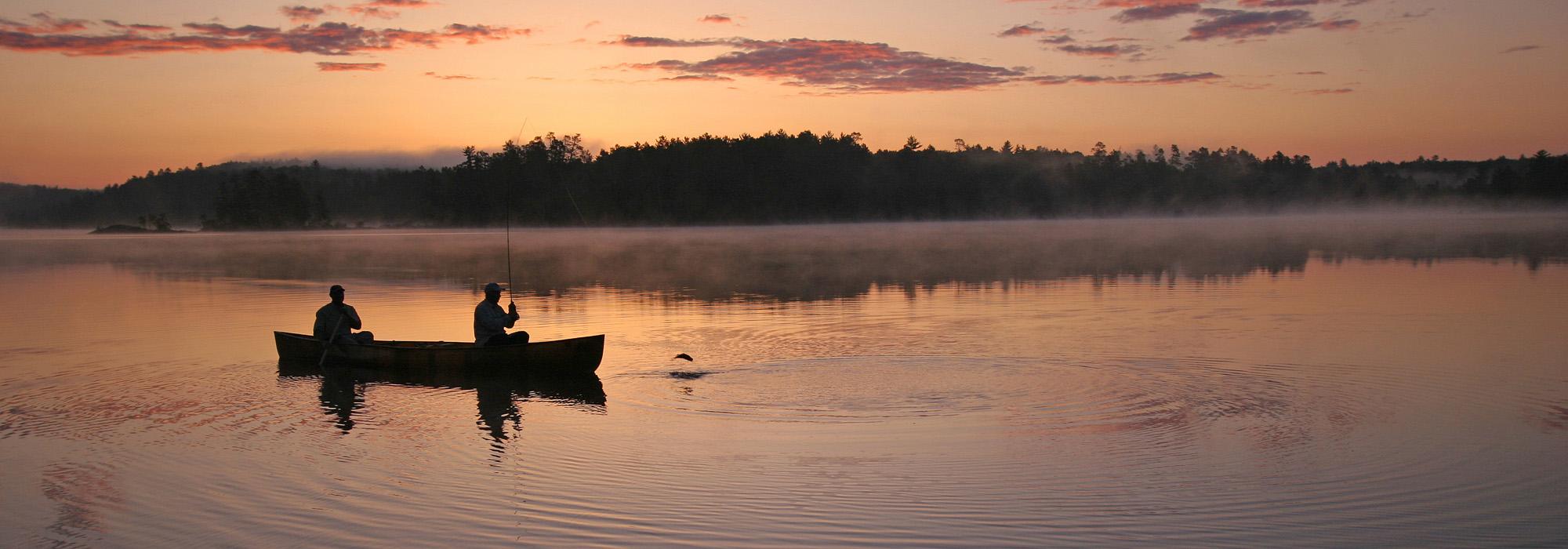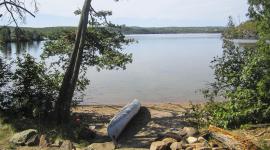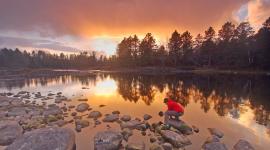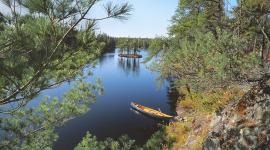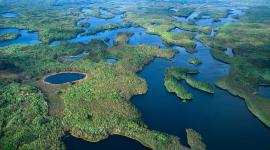Good News for Boundary Waters
The Boundary Waters Canoe Area Wilderness in northeastern Minnesota, featured in Landslide 2017: Open Season on Open Space because of proposed mining along its southern border, has gotten an important reprieve. On June 23, 2022, the U.S. Forest Service (Forest Service), which has managed the site since 1909, released a draft environmental assessment that recommended a twenty-year ban on mining operations. The public has until July 28, 2022, to submit comments about the proposed ban.
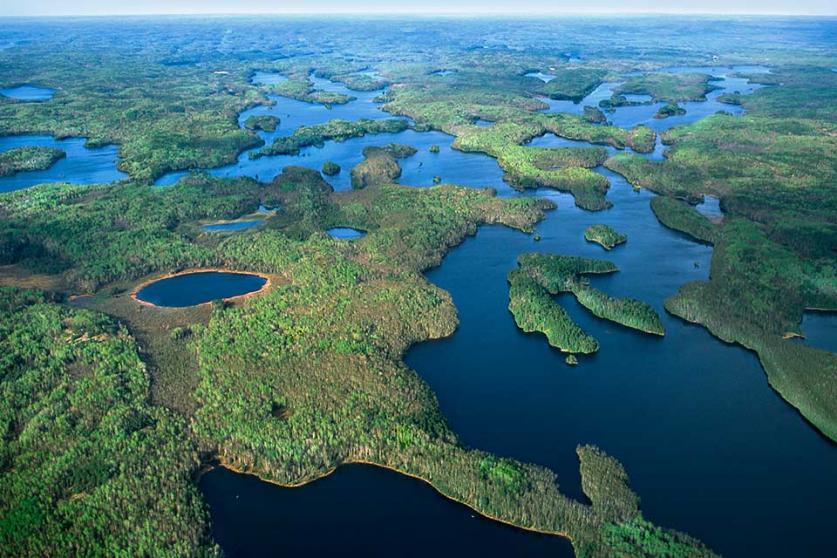
The threat to Boundary Waters, which covers 1.1 million acres, comes from proposed sulfide-ore mining by Twin Metals Minnesota (TMM) within the Superior National Forest, along the site’s southern border. This could result in the leaching of sulfuric acid, heavy metals, and sulfates, all toxic to plant and aquatic life, into the rivers, lakes, and groundwater.
The Boundary Waters was formally designated by the U.S. Congress as the Boundary Waters Canoe Area Wilderness in 1964 under the Wilderness Act. The Superior National Forest, which includes the Boundary Waters, contains 20% of all the fresh water in the entire 190-million-acre national forest system. Today, the Boundary Waters is America’s only significant Lakeland Wilderness and the largest National Wilderness Area east of the Rockies and north of the Everglades.
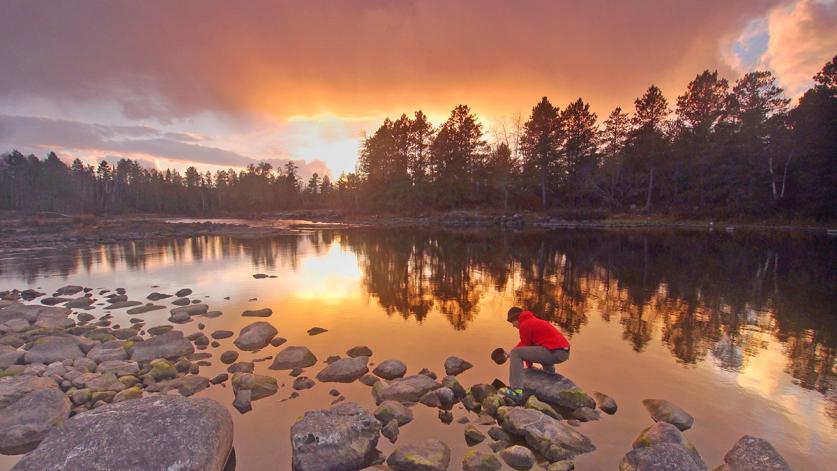
According to the University of Montana: “The [Boundary Waters] has a rich human history beginning with sites from the Paleo-Indian culture from 10,000-12,000 years ago. There are numerous cultural resource sites in the [area] resulting from Woodland period (500 BC - 1650 AD) and historic Native American settlements and activities. These include camping sites, villages, wild-ricing sites, cemetery areas, pictographs, and sites of spiritual and traditional importance. The [Boundary Waters] also contains evidence of a number of historic European and early American activities ranging from the fur trade up to and including early logging and settlement of the area.”
The debate over mining in the area has been going on for years, and this specific action began in December 2016 when the Forest Service withheld approval for TMM’s mining applications, which resulted in the Bureau of Land Management (BLM), which manages federal minerals, denying any mining permits. That same month, the Forest Service submitted an application to the Department of the Interior and the BLM requesting that 234,328 acres of Superior National Forest lands and minerals in the watershed be withdrawn from the federal mining leasing program for twenty years. The draft environmental assessment, which goes to Secretary of the Interior Deb Haaland, calls for withdrawing 225,378 acres.
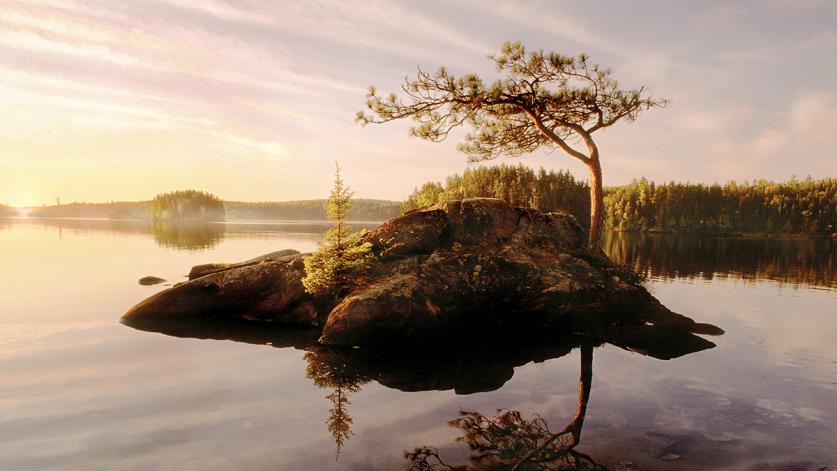
U. S. Representative Betty McCollum, whose district includes Boundary Waters, issued a statement of support:
“The draft Environmental Assessment (EA) issued today by the U.S. Forest Service makes it clear that sulfide-ore copper mining in the Superior National Forest is a toxic threat to the Boundary Waters,” Rep. McCollum said. “This pristine, precious wilderness demands permanent protection. The EA’s scientific foundation leaves no doubt: it is simply too risky to mine in this location. The proposed 20-year withdrawal is absolutely justified – and to avoid the type of political intervention we previously saw from the Trump administration, my legislation [H.R. 2794] must pass to permanently protect this federal Wilderness and the interests of the American people in perpetuity.”
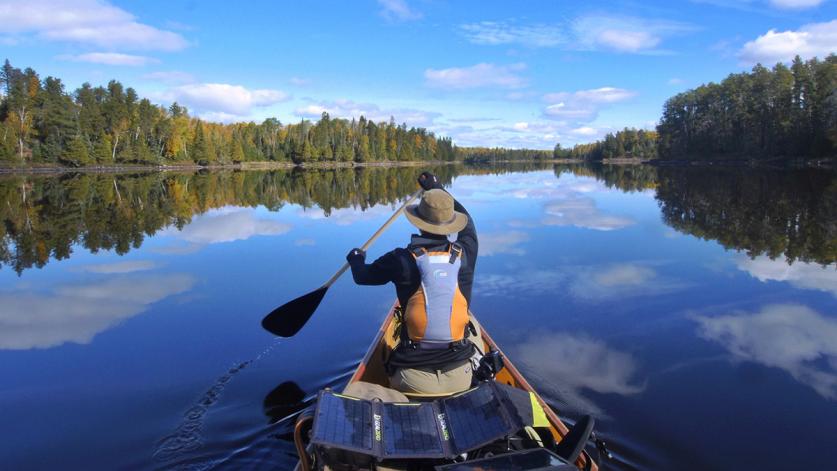
Save the Boundary Waters, a coalition of more than 300 businesses and national, regional, and local conservation and sportsmen organizations, has been instrumental in advocating for the protection of the Boundary Waters Canoe Area Wilderness. Their advocacy appears to be paying off.
As noted above, the public is invited to submit comments about the proposed ban no later than July 28, 2022.



